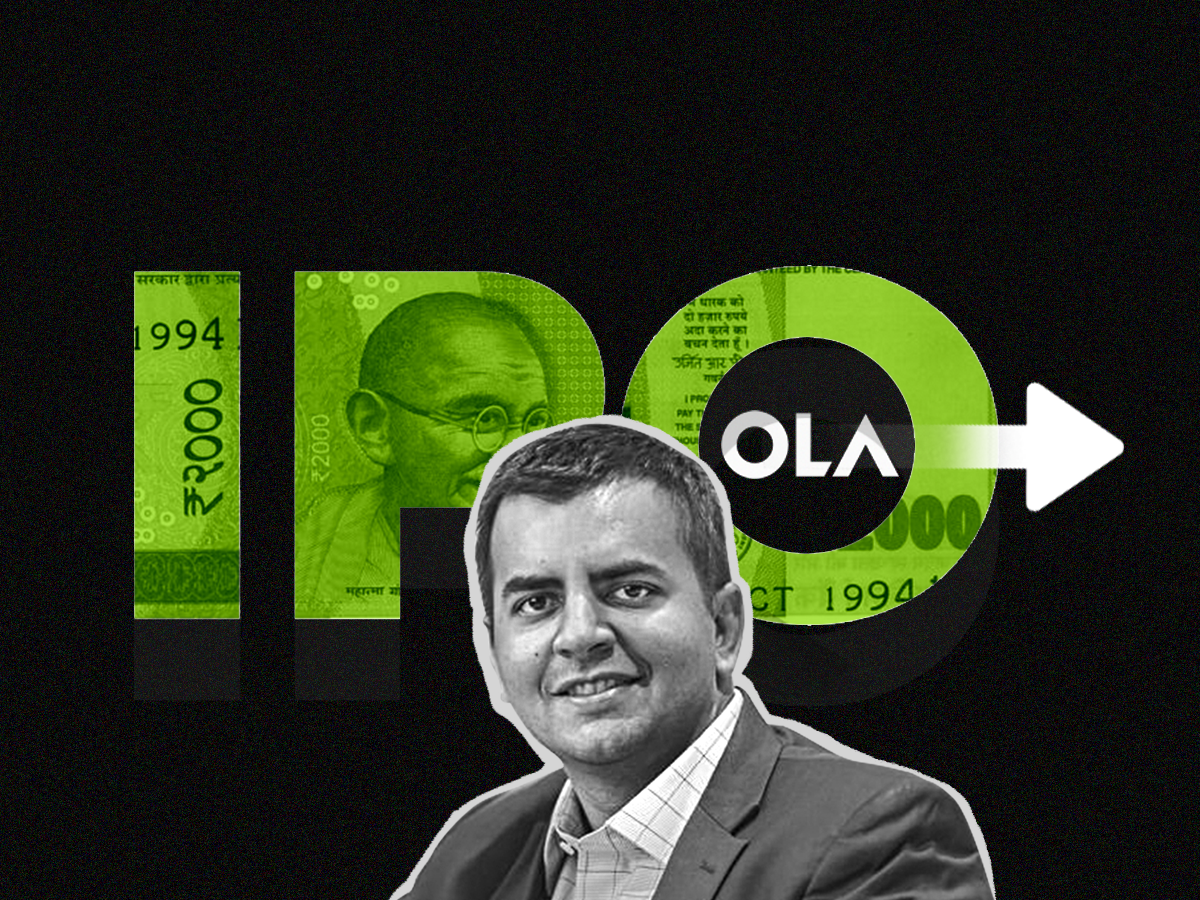
Overseas and local investors have shown keen interest in participating in the anchor book of Ola Electric Mobility as the valuation of the electric two-wheeler maker’s initial public offering (IPO) approaches USD 4 billion, down from earlier expectations. The IPO is set to open August 2.
Domestic investors, including SBI AMC, HDFC AMC, Nippon Life India AMC and UTI AMC will bid about USD 200 million each, while international ones such as Fidelity, Nomura and Norway’s Norges Bank will bid in the range of USD 75-100 million each.
First Auto Fundraise in over 20 Years
People familiar with the development said so.
The maximum that an investor would be allowed is around USD 30 million, according to sources. The Ola Electric IPO will be the first automaker fundraise in more than two decades. Maruti Suzuki, India’s largest car maker, was the last automaker to debut on the stock exchanges in 2003 as part of the government’s divestment program.
Ola and the company’s bankers didn’t respond to queries.
The total anchor book size is expected to be USD 350 million (INR 3,300crore), representing 45% of the total IPO size of INR 6,200 crore. Of this amount, INR 5,500 crore is from a fresh issue of shares, while the rest consists of an offer for sale (OFS) of 85 million shares by existing investors. Ola CEO Bhavish Aggarwal is participating in the OFS and has put 37.91 million shares on the block. As a result, his holding will decrease to 37% after the IPO, down from 45%. The anchor book is expected to open August 1, with the issue likely to run August 2-6, and listing anticipated on August 9.
Higher margin of safety
Several factors may drive institutional interest in Ola Electric’s IPO. It will be India’s first pure electric vehicle (EV) manufacturer to be listed. This typically attracts a scarcity premium and disproportionate investor interest. To be sure, the current valuation, derived through inputs from institutional investors and considering emerging challenges, is nearly half of what the company’s expectation had been when it filed the draft red herring prospectus (DRHP) in December 2023.
The margin of safety for investors has increased significantly as the company has realised it cannot be valued like Tesla, given the changes in revenue streams and the macro environment. Lastly, the current valuation implies an EV/sales ratio of 6.7 times based on FY24, which is within the range of 3.5-7.8 for Indian internal combustion engine (ICE) two-wheeler manufacturers.
“If one believes that two-wheeler EV penetration will increase by 30-40% over the next five to six years, there is enough margin for long-term investors, which is why so many have shown interest in the IPO,” said a person close to the development. Current EV penetration in the two-wheeler segment is around 5%, while in the scooter segment it has reached approximately 15%.
Ola Electric vehicle registrations doubled to 329,386 units in FY24 from 152,547 the previous year, according to Vahan data. This represents a monthly average increase to 27,448 units from 12,412. The company’s market share reached 48.68% in the June quarter, up from 39.38% in the January-March period. In FY24, revenue rose to INR 5,243 crore from INR 2,782 crore the previous year, while net loss expanded to INR 1,584 crore from INR 1,472 crore. The Bengaluru-headquartered company had gross debt of INR 2,389 crore in FY24 compared with INR 1,645 crore in FY23.















